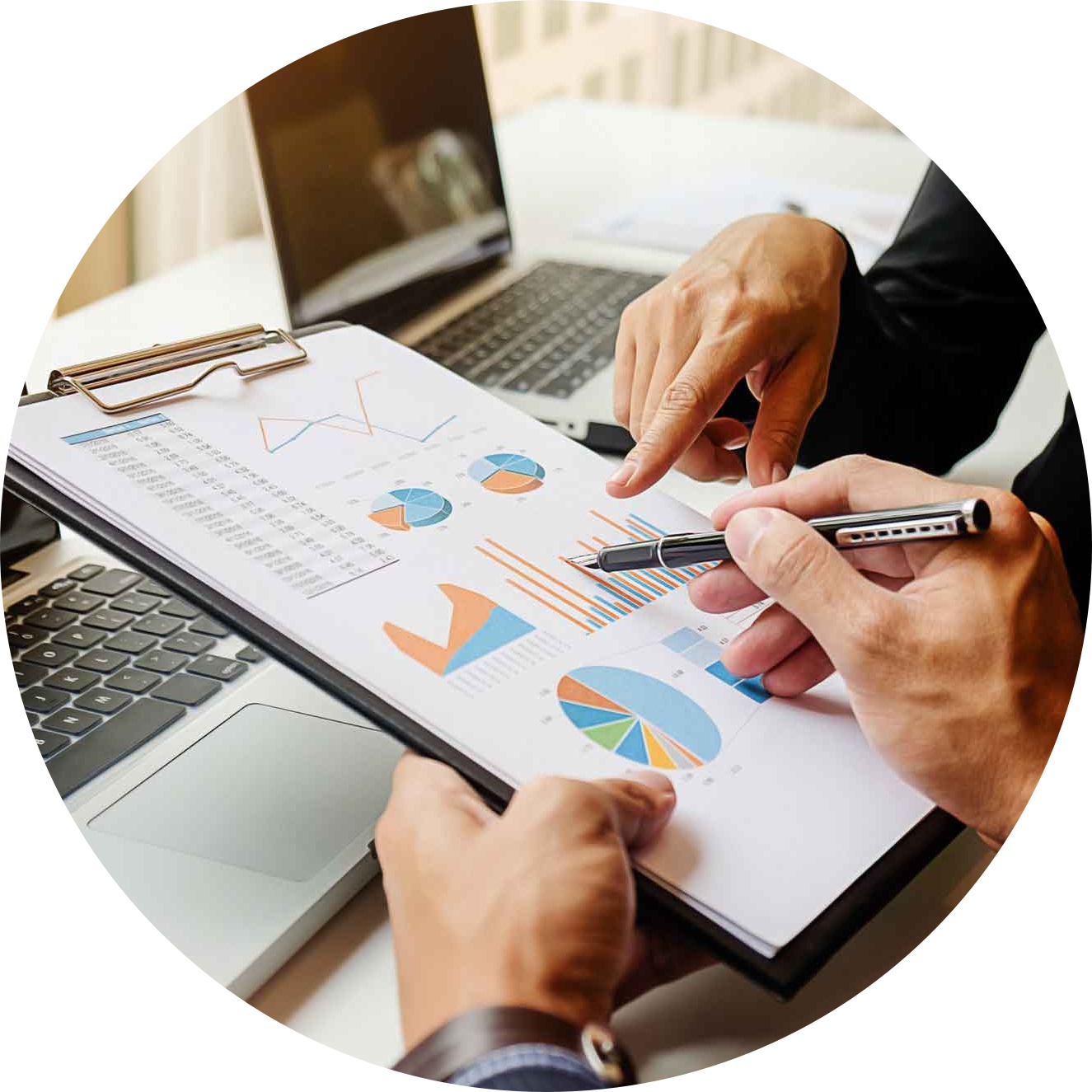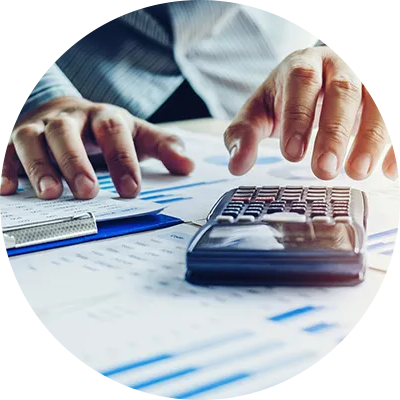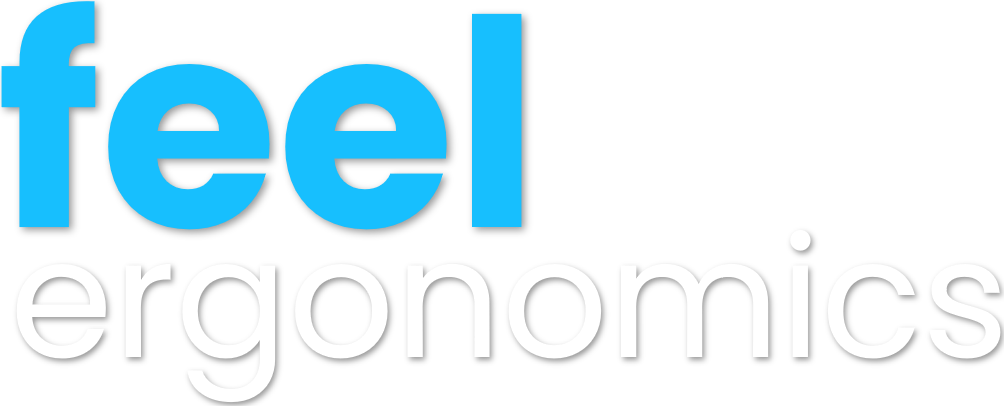WHY US?
Our ergonomics consulting programme will assist your organisation in establishing effective ergonomic workplace practises.
The goal of an ergonomic assessment is to identify these risk factors and quantify them so that you can make measurable improvements in the work environment. A thorough ergonomic assessment is the foundation for creating a safer, healthier, less injury-prone workplace and improving overall workplace wellness.

Tailored Service to Ensure Compliance

Provide Post Consultation and Guidance

Offer a Reasonable Price for Industry

Ergonomics is not just a workplace setup. It nurture a safe and comfortable work environment without prejudice physical and psychological needs of workers
INITIAL ERGONOMICS RISK ASSESSMENT (i-ERA)
The Initial Ergonomic Risk Assessment (ERA) is the first step in planning and implementing ergonomic risk assessments in the workplace.
Initial ERA uses relevant method in musculoskeletal assessment such as Nordic Musculoskeletal Questionnaire, Dutch Musculoskeletal Questionaire, Cornell Musculoskeletal Questionaire. Etc.
Meanwhile, DOSH Initial ERA Checklist is used to identify specific ergonomics risk factors exists in the workplace.
Implementing an Initial Ergonomics Risk Assessment (ERA) can assist management in identifying any issues or problems that may be affecting worker health and productivity or that may pose a risk at work.
The results of this Initial ERA will determine the requirement of whether or not an Advanced ERA is required for detailed evaluation.
Post Assessment:-
- Ergonomics improvement and solution
- Comprehensive report
- Presentation
ADVANCED ERGONOMICS RISK ASSESSMENT (a-ERA)
- Advanced Ergonomic Risk Assessment (ERA) is the second and final stage after the Initial ERA (if the results indicate that the Advanced ERA is required) for specific ergonomic risk factors (ERFs) discovered at the workplace.
- The primary goal of the Advanced ERA is to identify specific ergonomic risk factors in the workplace utilising posture, forceful assessment, and repetition assessment methods such as Rapid Upper Limb Assessment, Rapid Entire Body Assessment, Rapid Office Strain Assessment, Manual Handling Assessment Chart, Work Movement Task Analysis etc.
- The results of Advanced ERA will identify control measures which have been implemented and determine whether or not the controls are adequate. If necessary, additional recommendations should be made to improve existing control measures.
- The upsides of conducting an Advanced (ERA) would provide an opportunity for employers to develop, implement, and monitor preventive measures, as well as reduce compensation costs, medical expenses, and employee absenteeism due to ergonomics-related injuries and MSDs.
Post Assessment:-
- Ergonomics improvement and solution
- Comprehensive report
- Presentation
PRINCIPAL ERGONOMIST

Mr. Mohd Amir Arshad works as an academic specializing in Environmental Health and Occupational Safety at Universiti Selangor (UNISEL). He has been a lecturer in ergonomics/human factors and occupational safety and health (OSH) for over a decade. Before entering academia, he was employed in the public health sector until 2010. Throughout his professional journey, he has served as a trainer and speaker in ergonomics and human factors for various industries.
He has a strong passion for Ergonomics and earned his Master’s degree from Universiti Malaya in 2014. Consequently, his research and training focus primarily on occupational ergonomics and human factors. Additionally, he is interested in occupational safety and health legislation, industrial hygiene, and behavioral-based safety.
He is certified by NIOSH as a Train the Trainer, and he has received recognition from DOSH to conduct ergonomic risk assessments as an Ergonomic Trained Person (ETP). In terms of professional affiliations, he is a member of the Human Factors and Ergonomics Society Malaysia (HFEM) and also a member of the Malaysian Society for Occupational Safety and Health Association (MSOSH).
He actively engages with the Malaysian safety and health practitioner group, contributing to knowledge sharing and drawing from his wealth of experience.
Any inquiry, please don’t hesitate to contact us